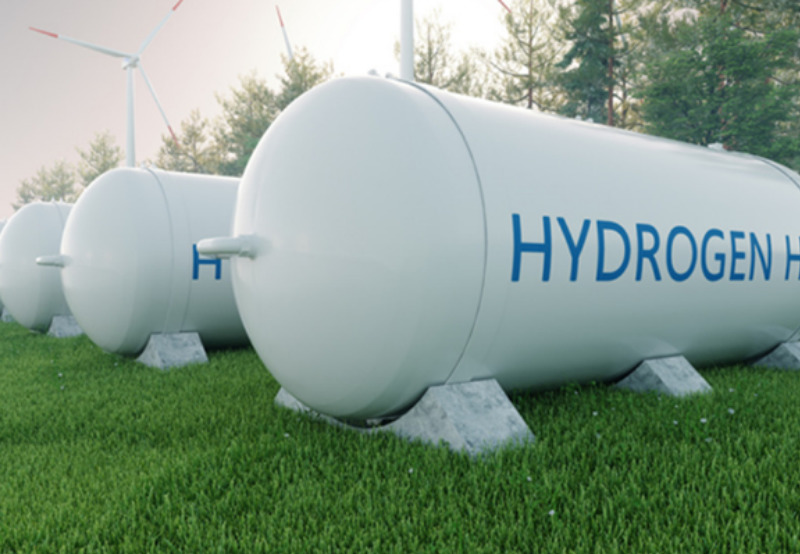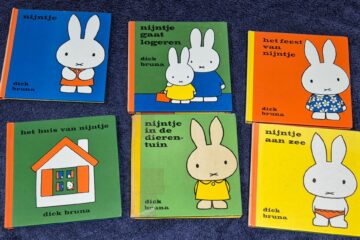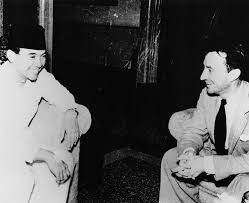Australia’s position rereading climate change is well known in Europe and often criticised. At the same time Australia wants to become a large supplier of green hydrogen.In order to achieve this the country needs solar power as cheaply as possible. The Dutch company HyET seems to be the ideal partner for this.
With solar panels, one almost automatically thinks of China, the country that produces by far the most solar panels in the world. But when it comes to cheap solar panels, the Netherlands could well be very high on the list. However: “You must think of ‘panels’ here as ‘foil’ “ and HyEt, the company that makes that film, is thanks to the ongoing investment spray from Andrew Forrest now for 60% in Australian hands.
The Netherlands has been working for years on thin-film solar cells that can be rolled out from a factory plant, like plastic bags. Research centre Solliance in Eindhoven, in which the Dutch and Belgian National Research Institutions, among others, work together, is already well advanced in making the production of solar panels a lot cheaper.
HyET solar foil is being rolled out on a Vopak storage tank in the port of Rotterdam. The foil can be glued to curved surfaces.
HyEt headquartered in Arnhem has been producing such a film on a modest scale for a year and last year signed a contract with Indonesia to build a factory for 340 MegaWatt Peak of foil per year. “This is what you call a very substantial production, but pales in comparison to what is going to happen in Australia”.
Late last year, Fortescue Future Industries (FFI) took a 60% stake in HyET. FFI is owned by Andrew Forrest, the billionaire who made his fortune from iron and coal but is now aiming to become a global player in green hydrogen. Hydrogen is still made from natural gas, and in that process a lot of CO2 is released. That variant is called grey hydrogen. The intention is to make hydrogen greener by splitting water (H2O) into hydrogen (H2) and oxygen (O2). With green electricity, you get a CO2-free completely sustainable form of hydrogen.
In Australia, there are already plans to use power from solar farms in desert areas to make green hydrogen. Singapore and Japan, among others, are very interested in this. This concerns just under two million tonnes of H2 per year. This requires 26 GW of wind and solar energy. FFI wants to deliver 15 million tons of H2 annually by 2030 and then grow to 50 million tons. You would need 700 GW of green electricity for that. That requires about 1.5 billion ‘traditional’ solar panels…
FFI says it also wants to use wind power and hydropower but will certainly also use a lot of HyET solar foil. To this end, a private solar foil plant will be built in Australia with a capacity of 1 GW, three times the Indonesian factory. With this, HyET’s solar foil definitively conquers a place on the world market for solar energy. Incidentally, HyET consists of two divisions: one producing solar foil and a second one for hydrogen production. “This is why FFI’s interest in HyET is easily explainable”.
FFI is also thinking of ammonia made with green hydrogen. Ammonia is much easier to transport and store than H2, and could also be used directly as fuel for eg ships.
Paul Budde
With thanks to my Dutch colleague, Vincent Dekker who has specialised himself over the years in stainability energy matters. His articles appear in the website of the Dutch newspaper Trouw.





